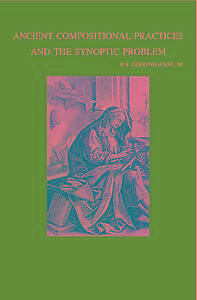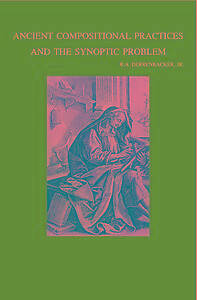
- Afhalen na 1 uur in een winkel met voorraad
- Gratis thuislevering in België vanaf € 30
- Ruim aanbod met 7 miljoen producten
- Afhalen na 1 uur in een winkel met voorraad
- Gratis thuislevering in België vanaf € 30
- Ruim aanbod met 7 miljoen producten
Zoeken
Omschrijving
This book investigates the ways in which an understanding of the literary culture(s) of the Greco-Roman world can inform Synoptic source critical discussion. From a survey of ancient book production, a study of the interplay between orality and textuality, the identification and analysis of written sources and how they were adapted by later authors, we are able to catalog a set of compositional methods of ancient writers. From this, we are able to test the extent to which three "solutions" to the Synoptic Problem (i.e., The Two-Gospel (Neo-Griesbach) Hypothesis, the Farrer-Goulder Hypothesis, and the Two-Document (Two-Source) Hypothesis) are consistent with the known practices of writers in antiquity. We conclude that while all three of the theories had certain problems in light of our catalogue of compositional practices, some had more problems than others. In the end, it appears that the Two-Document Hypothesis has the fewest problems in light of the compositional practices of antiquity.
Specificaties
Betrokkenen
- Auteur(s):
- Uitgeverij:
Inhoud
- Aantal bladzijden:
- 290
- Taal:
- Engels
- Reeks:
- Reeksnummer:
- nr. 186
Eigenschappen
- Productcode (EAN):
- 9789042916371
- Verschijningsdatum:
- 31/12/2005
- Uitvoering:
- Paperback
- Formaat:
- Trade paperback (VS)
- Afmetingen:
- 163 mm x 244 mm
- Gewicht:
- 562 g

Alleen bij Standaard Boekhandel
+ 160 punten op je klantenkaart van Standaard Boekhandel
Beoordelingen
We publiceren alleen reviews die voldoen aan de voorwaarden voor reviews. Bekijk onze voorwaarden voor reviews.











